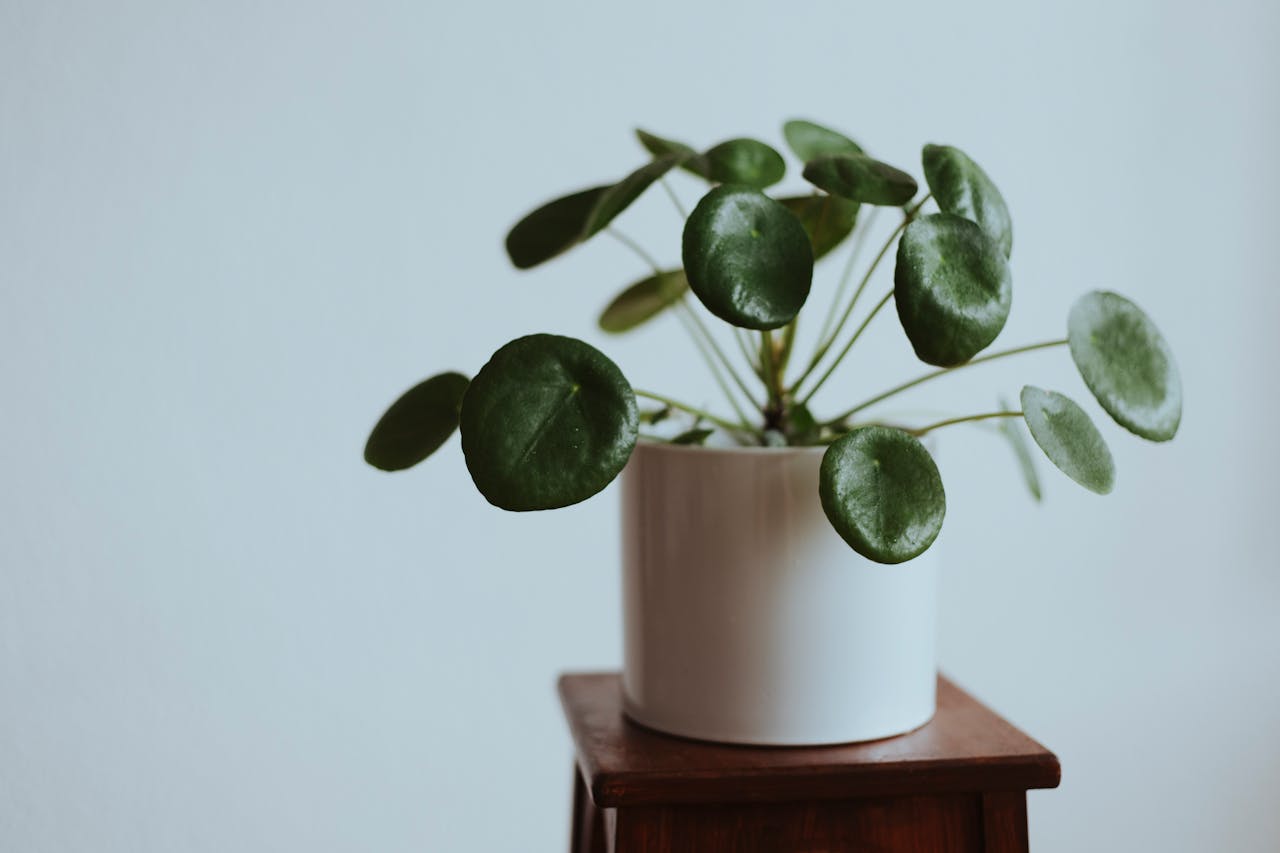Spider plants (Chlorophytum comosum) are beloved by indoor gardeners for their vibrant, arching foliage and resilience. Known for their ability to thrive in a variety of environments, spider plants are a staple in homes and offices alike. However, like all plants, they are sensitive to changes in temperature. Understanding how temperature fluctuations impact spider plants and implementing strategies to maintain their optimal growth is essential for keeping these green companions healthy and thriving year-round.
Understanding Spider Plants

Before delving into temperature-related care, it's important to understand the basic needs and characteristics of spider plants. Native to tropical and southern Africa, spider plants are adaptable and can flourish in different lighting conditions, from bright indirect light to low-light areas. They prefer well-draining soil and require consistent, moderate watering. Their ability to produce baby plantlets makes them not only easy to care for but also simple to propagate, allowing gardeners to expand their indoor gardens effortlessly.
Also Read- Spider Plants And Indoor Lighting: Ensuring Healthy Growth
How Temperature Fluctuations Affect Spider Plants
Spider plants thrive in temperatures ranging from 60°F to 75°F (15°C to 24°C). Exposure to temperatures outside this range can stress the plant, leading to various health issues:
-
Cold Stress: Temperatures below 50°F (10°C) can cause the leaves to turn brown and crispy. Prolonged exposure to cold can stunt growth and weaken the plant, making it more susceptible to pests and diseases.
-
Heat Stress: Excessive heat, especially above 85°F (29°C), can lead to wilting, leaf burn, and slowed growth. High temperatures increase the plant’s water needs and can cause the soil to dry out quickly.
-
Rapid Temperature Changes: Sudden shifts between hot and cold can shock spider plants, resulting in leaf discoloration and drooping. Consistent temperatures are key to maintaining plant health.
Also Read- How To Use Indoor Plants For Aromatherapy: Health Benefits Of Natural Scents
Maintaining Optimal Growth Amidst Temperature Changes

To ensure your spider plants remain healthy despite temperature fluctuations, consider the following strategies:
1. Monitor and Control Indoor Temperatures
Maintaining a stable indoor temperature is crucial for spider plant health. Use thermostats and climate control systems to keep your home environment within the ideal temperature range. Avoid placing spider plants near drafts, heating vents, or air conditioners, as these can create sudden temperature changes.
2. Provide Adequate Ventilation
Good air circulation helps regulate temperature and humidity levels around your spider plants. Use fans to ensure steady airflow, especially in warmer months. However, avoid placing plants directly in front of fans to prevent drying out.
3. Adjust Watering Practices
Temperature fluctuations affect how quickly soil dries out. During warmer periods, increase your watering frequency to prevent the soil from becoming too dry. Conversely, reduce watering during cooler months when the plant’s growth slows down. Always check the top inch of soil; if it feels dry, it’s time to water.
4. Use Humidity Trays or Misting
Spider plants prefer moderate humidity levels. In dry climates or heated indoor environments, use humidity trays or mist your plants regularly to maintain adequate moisture in the air. This is especially important during winter when indoor heating can significantly reduce humidity levels.
5. Shield Plants from Direct Sunlight and Extreme Temperatures
While spider plants enjoy bright, indirect light, excessive direct sunlight can scorch their leaves, especially in hot climates. Use sheer curtains or relocate plants to shadier spots during peak sunlight hours. Similarly, protect plants from cold drafts by keeping them away from windows and doors during chilly weather.
6. Seasonal Maintenance
Adjust your plant care routine with the seasons. In spring and summer, provide more light and water to support active growth. During fall and winter, reduce light exposure and watering to align with the plant’s dormant phase. Pruning any yellow or damaged leaves can also help maintain plant health and encourage new growth.
Also Read- 5 Easiest Indoor Plants To Maintain With Minimal Attention
Common Issues Related to Temperature Stress and Solutions

Even with careful monitoring, spider plants may occasionally exhibit signs of temperature stress. Here’s how to address common issues:
-
Brown Tips: Often caused by low humidity or inconsistent watering. Increase humidity and ensure a regular watering schedule.
-
Wilting Leaves: Can result from overwatering, underwatering, or extreme temperatures. Check soil moisture and adjust watering accordingly. Ensure the plant is not exposed to harsh temperature changes.
-
Leaf Curling: May indicate high temperatures or pests. Relocate the plant to a cooler area and inspect for signs of infestation, treating as necessary.
Also Read- The Language Of Plants: How Your Indoor Plants Communicate With You
Conclusion
Maintaining optimal growth for spider plants amidst temperature fluctuations requires attentive care and a few strategic adjustments. By monitoring indoor temperatures, providing adequate ventilation and humidity, adjusting watering practices, and protecting plants from extreme conditions, you can ensure your spider plants remain vibrant and healthy throughout the year.
Understanding the specific needs of spider plants and responding proactively to environmental changes will allow you to enjoy their beauty and benefits with minimal stress. Embrace these care tips to cultivate thriving spider plants that enhance your indoor spaces with their lush, green presence.













Leave a comment
This site is protected by hCaptcha and the hCaptcha Privacy Policy and Terms of Service apply.